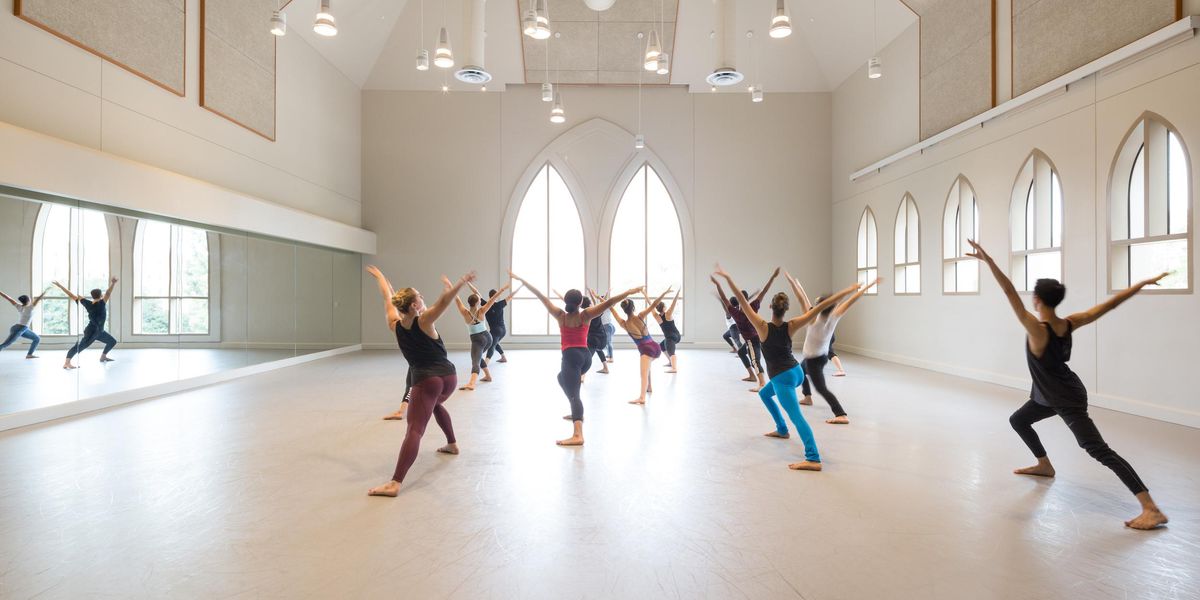What Misty's Promotion Means for Dancers
The entire world was talking about Misty Copeland yesterday. As soon as it was announced that she’d been promoted to principal, The New York Times sent out a breaking news alert, and put her story on the front page of its website. Every outlet from CNN to Buzzfeed to CatChannel.com (seriously!) covered the news—there were so many requests for interviews, American Ballet Theatre had to hastily throw together a press conference before last night’s performance of Cinderella.
For the outside world, Copeland’s is a rare story of African American triumph at a time when our country is desperately searching for a way to heal some very painful yet systemic race issues. Hers is also the story of the the girl without the “right” body who nonetheless rose to the top of one of the most body-oriented careers in the world. She started late in a practice that typically rejects those who are too old. And like far too many kids in this country, she grew up in a family that struggled just to cover the rent. Simply put, she is the perfect underdog for our era, someone whom so many people can relate to for so many reasons. For them, this promotion is proof that through sheer determination, sweat and relentlessness, you can achieve the seemingly impossible and make history.
But what does this mean for the dance world? For starters, just look at the amount of coverage. Copeland is the first 21st-century dancer to cross over into bonafide celebrity territory. Her unparalleled exposure has put a spotlight on ballet that we haven’t seen in decades. Her fame has been a boon not only to black girls who dream of becoming ballerinas, but also to ABT’s bottom line: Her turn in Swan Lake last week sold out the Metropolitan Opera House on a Wednesday afternoon. Some audience members even flew in to New York just to see her. More importantly, the performance drew one of the most racially diverse audiences ABT’s ever seen—an incredible leap forward for ballet.
One fact that will slip past most of the general population, however, is how, along with the promotion of 19-year veteran Stella Abrera, Copeland’s new principal title represents an encouraging sign of ABT’s investment in its homegrown talent. Yes, the company also announced it was hiring San Francisco Ballet’s Maria Kochetkova and Royal Danish Ballet’s Alban Lendorf as part-time principals. But by promoting two of its own to the top rank, just a year after making Isabella Boylston principal, the company sends a firm message to its corps members that there is a path for growth within the company, despite ABT’s reputation for relying on foreign stars.
Just watch Julie Kent’s video of the company’s reaction to Abrera’s promotion announcement—along with genuine excitement for one of their most beloved colleagues, seeing Abrera succeed this way had to be an inspiring moment for the other dancers. (Interestingly, Kent’s video of Copeland’s announcement, in which Kevin McKenzie told her, “Misty, take a bow,” shows a much more subdued reaction from the other dancers, which could be interpreted in several ways. Maybe it was reverence for the historical moment, lack of surprise for the inevitable, or possibly exhaustion over Copeland’s constant spotlight.)
In the mania over ABT’s first black female principal, Abrera’s promotion was largely overlooked outside of the ballet world. To her credit, Copeland opened her press conference with a humble tribute to Abrera, praising her work ethic and sacrifice, and noting that she’d always looked up to her. But will Copeland’s change in title calm down her personal media frenzy? After all, the underdog has finally achieved her dream. When a reporter asked her yesterday, “What’s next?” Copeland simply said, “This is it.” Her goal was always to become the first black female principal at ABT, and now she feels like she can let go a little and breathe. (Though, she mentioned that David Hallberg told her, “The challenge is just now starting.”) So does that chance to breathe mean her marketing campaign is over? I doubt it. Copeland’s become an icon, and is now only more proof of the possibilities of the underdog. The media is not going to let go of a story like that. And it shouldn’t—just because there’s now one black female principal at ABT doesn’t mean we’ve solved ballet’s diversity problem.
When I asked Copeland yesterday how the pressure on her will change now that she’s principal, she noted that her workload will be lighter, since she won’t have to juggle her soloist duties any longer, and can put all of her energy into her principal parts. She’ll be able to dive deeper into her interpretations, which so far have been promising but inconsistent. “But” she added, “at the same time, I can’t hide behind other swans any more.” Misty, I don’t buy that you’ve ever hidden behind anyone. And thank god for that.





